A Byzantine times Castle and UNESCO site near Sparta-Mystras Greece
Mystras Greece
Mystras in Greece is an archaeological site located 5 kilometers west of Sparta, at the foot of Mount Taygetos. The site boasts a rich history of Byzantine from the 13th to 19th century. It was an important political, religious, intellectual, and financial center. After the modern town of Sparta was founded in the early 19th century, Mystras declined and was gradually abandoned. Today it is an important archaeological site including Byzantine churches and Mystras Castle. This was the second most important town after Constantinople. On top of the castle hill, there was the Palace of the Despots a famous place. Mystras Greece is mostly famous for its several Byzantine churches with interesting architecture and valuable frescoes. The region around is crossed by many trekking paths, leading to beautiful spots.
The town developed down the hillside from the fortress built in 1249. it was the center of Byzantine power in southern Greece, first as the base of the military governor and from 1348 as the seat of the Despotate of Morea. After 1834 the inhabitants of Mystras gradually started to move to the modern town of Sparta leaving only the breathtaking medieval ruins, standing in a beautiful landscape.
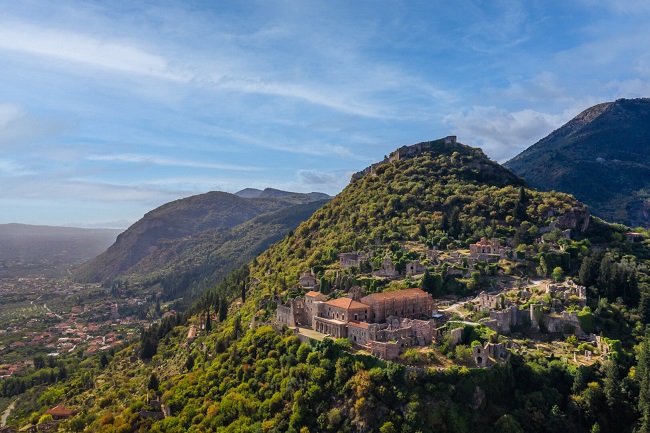
History of Mystras Greece
The history of the site begins with the Byzantine Empire in 1204 and the subsequent fragmentation of its territories. In 1249, a castle was constructed on the top of the hill by the Frankish leader William II de Villeharduin. The Byzantines managed to regain control of the area in 1262 and turn the site into the seat of the Despotate of Moreas, the center of Byzantine power in southern Greece. Many lavish palaces, monasteries, churches, and libraries were added, and it is also interesting to note that the last Byzantine emperor, Constantine XI Palaiologos was crowned here.
Also read- Tikal Guatemala-The Most mysterious Mayan site in deep forest
In 1460 the hill was captured by the Turks for a short period. It came under the rule of the Venetians (1687-1715) before it was taken over again by the Ottoman empire. In 1989, the ruins of Mystras have named a UNESCO World Heritage site.

Mystras or Mistras is a fortified town and a former municipality in Laconia, Peloponnese, Greece. Situated on Mt. Taygetus, near ancient Sparta, it served as the capital of the Byzantine Despotate of the Morea in the 14th and 15th centuries, experiencing a period of prosperity and cultural flowering during the Palaeologan Renaissance, including the teachings of Gemistos Plethon. The site remained inhabited throughout the Ottoman period when Western travelers mistook it for ancient Sparta. In the 1830s, it was abandoned and the new town of Sparti was built, approximately eight kilometers to the east.
Attraction near Mystras
Palace of Despots
The Palace of the Despots is the most famous Town of Mystra. It is a great complex of buildings belonging to different times of construction, which were completed by the Byzantines. The palace of the Despots is placed on a flat expanse overlooking the Evrotas valley. These Mystras palaces constitute a great example of Byzantine architecture. The whole building complex is L-shaped and has been well-preserved. The palace of the Despots is also known as the Palataki mansion (small palace) in contrast to the big palace of Constantinople.
Cathedral of Agios Demetrios
The Cathedral of Agios Demetrios is one of the most important churches of Mystras. It is founded in 1292 AD and has a mixed architectural style. It has a three-aisled basilica with a narthex and a bell tower, built in the 13th century on the first floor. The upper floor is a cross-in-square church, built in the 15th century. Its interior is decorated with wall paintings in many different styles. This is where the last Byzantine emperor, Constantinos Paleologos, was crowned in 1449.
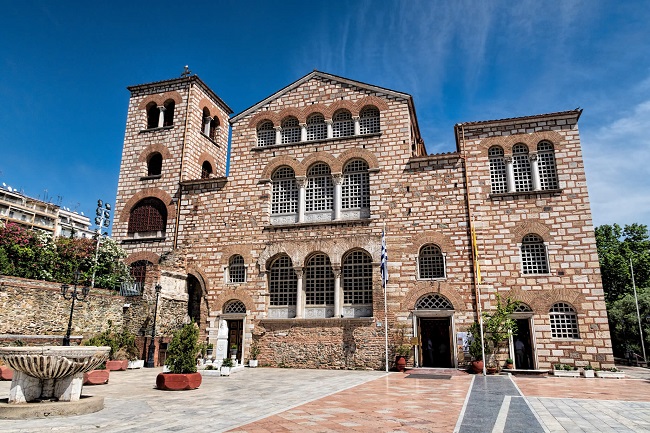
Archaeological Museum of Mystras
The Archaeological Museum of Mystras is a museum in Mystras in Greece. In spite of its naming, it is classified as a Byzantine museum. It was founded in 1952 by the Ephorate of Antiquities of Laconia in the west wing of the metropolitan complex, its exhibits range from the early Christian era to Post-Byzantine times, but also include older and more recent items.
Things to do in Mystras
Things to do in Mystras are limited due to that this destination is not popular with long holiday stays. There are no organized things to do in Mystras. The region is ideal for total relaxation in the countryside and for sightseeing in the Byzantine Castle Town of Mystras.
An enjoyable activity in Mystras is hiking. Many old footpaths cross the region and lead to tiny chapels, small settlements, forests, and hilltops with amazing scenery. Hiking is best in autumn and spring when the weather is not so hot. In summer, long hiking can be quietly uncomfortable.
The village of Mystras is small and traditional. In Byzantine times, this was the second most important town, after Constantinople. Today the old Castle above the village preserves the old glory. Trypi village is 9 km to the west of Sparta. Its main attraction is the steep ravine of Kaiadas, Kaiadas is a very scenic gorge and may result in a bit frightening for those who are aware of this tradition.
Magoula village is located northwest of Sparta. It is the capital of the municipality of Mystras. For nature lovers, there are hiking trails along the river Knakionas and the hills of Analipsis. After a tiring day, you can taste delicious meals in the traditional taverns of the area.
Sources-Unesco.org, greeka.com, wikipedia.org
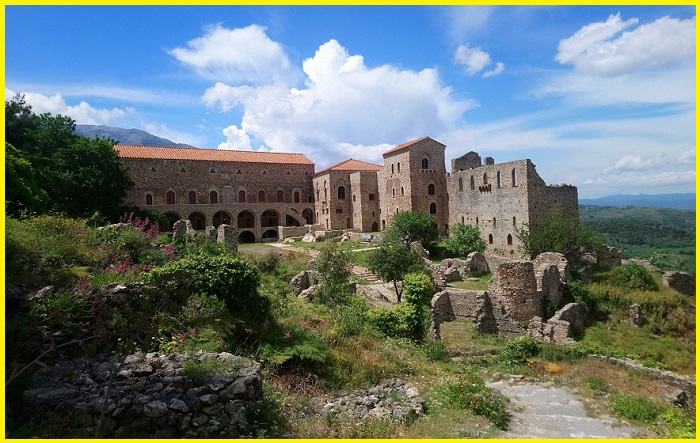
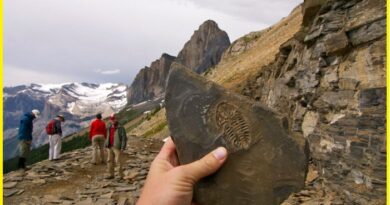

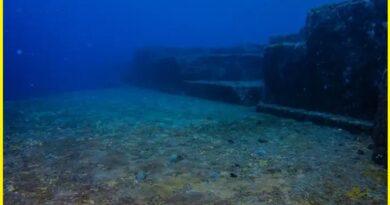
Pingback: A Beautiful Geological Phenomena-Basaltic Prisms of Santa Maria Regla - Geotourism
Pingback: The Meteora Greece-Sandstone column And the ancient history of Monasteries - Geotourism
Pingback: North Macedonia-The Land of Alexander the Great and an Incredible Landscape - Geotourism